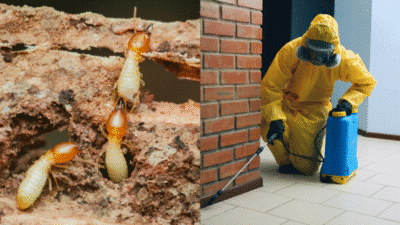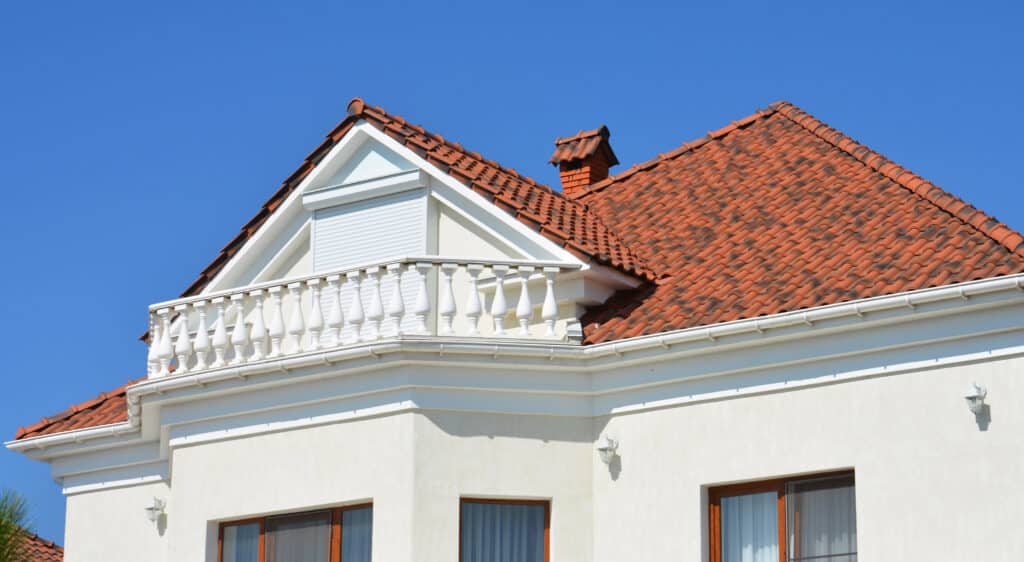
A roof is more than just a covering over a home. It’s a protective barrier that stands between a family and the elements. Wind, rain, sun, and even temperature swings all test the limits of a roof daily. Over time, neglecting small details can lead to costly damage. That’s why having a clear checklist of roof protection essentials is crucial.
This guide breaks down the most important factors, from selecting the right shingles to checking the smallest pieces of flashing. Each step plays a role in long-term durability and peace of mind.
The Foundation of Roof Protection: Material Choices
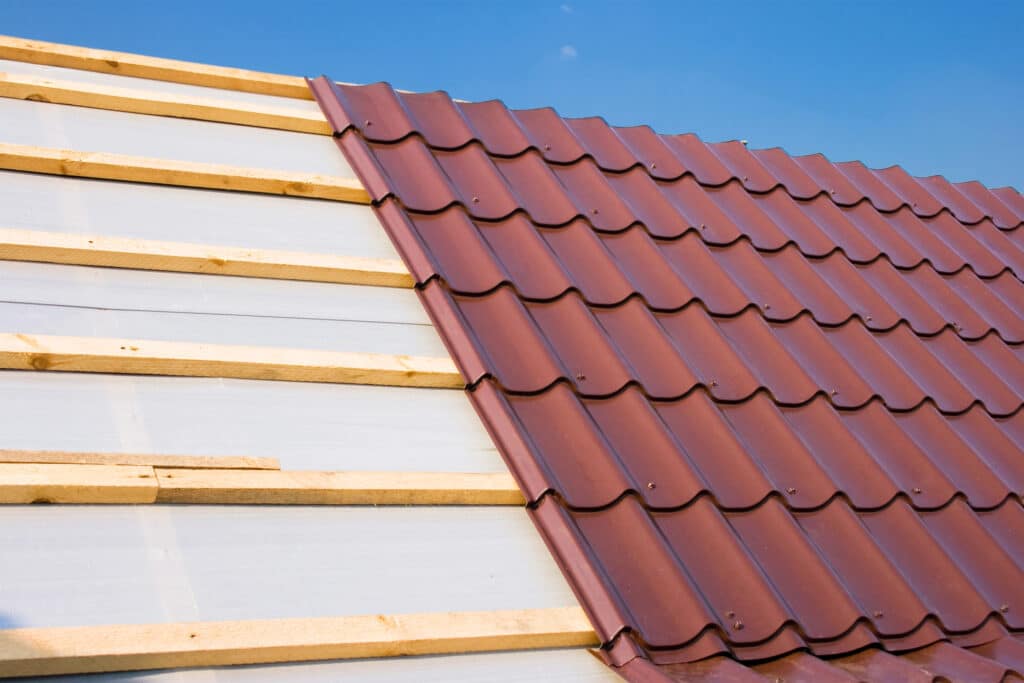
Asphalt, Metal, or Tile?
The type of roofing material sets the tone for performance. Asphalt shingles remain the most common, offering affordability and flexibility. Metal roofs, while more expensive upfront, bring decades of longevity and energy efficiency. Tile, whether clay or concrete, adds distinctive character and resistance to harsh weather.
Each option comes with strengths and maintenance requirements. The key is choosing a material that aligns with the local climate, budget, and home style.
The Importance of Underlayment
Beneath the visible shingles sits an unsung hero: underlayment. This protective layer shields the roof deck from moisture, especially in heavy storms. Felt, synthetic, or rubberized asphalt are common options. Skipping or cutting corners on underlayment can compromise the entire system.
Maintenance and Regular Inspections

Routine Checks
A roof doesn’t last decades without oversight. Seasonal inspections after heavy storms help spot early warning signs: missing shingles, rusted flashing, or sagging areas. Catching these issues early prevents small problems from becoming major repairs.
Professional Guidance
Homeowners can spot obvious issues, but professionals bring expertise. A licensed residential roofing contractor in Stuart, Fl can identify hidden vulnerabilities and provide recommendations specific to regional weather conditions. This partnership between homeowner and professional builds stronger protection over time.
Structural Soundness Before Surface Beauty
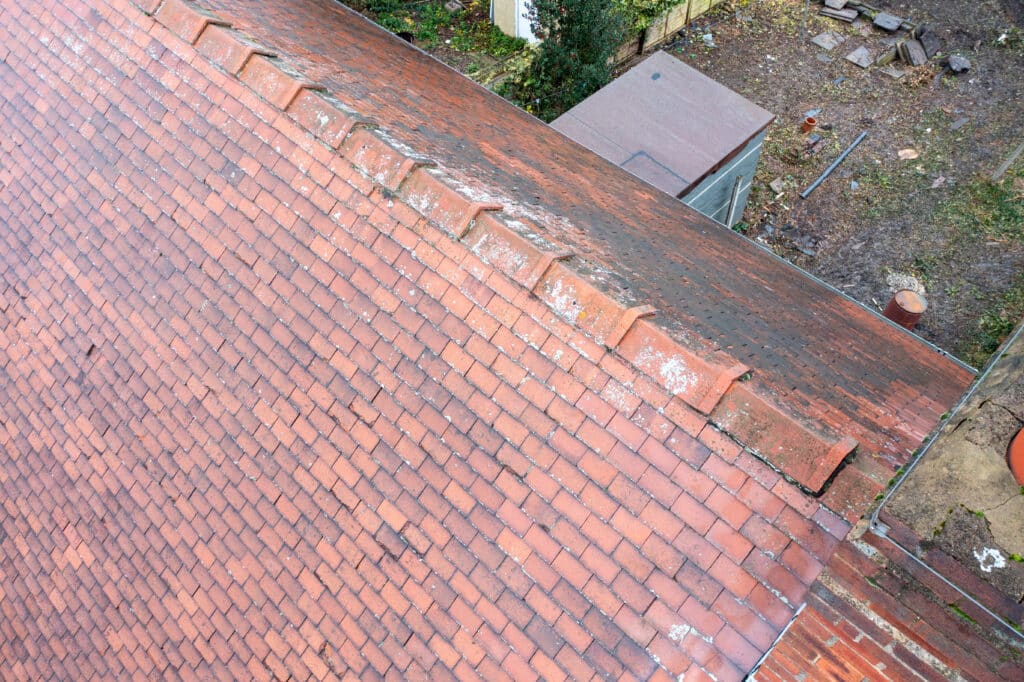
Inspecting the Deck
A roof deck must be solid before shingles or tiles can perform effectively. Warping, rotting, or gaps in the wood weaken the entire structure. A strong deck ensures materials fasten securely and stay in place during extreme weather.
Attic Ventilation
Ventilation may not be visible from outside, but it is a cornerstone of roof health. Proper airflow in the attic reduces heat buildup and moisture accumulation. Without ventilation, shingles can curl prematurely, and mold may thrive inside the home. Balanced intake and exhaust vents are the key to longevity.
The Details That Guard Against Leaks
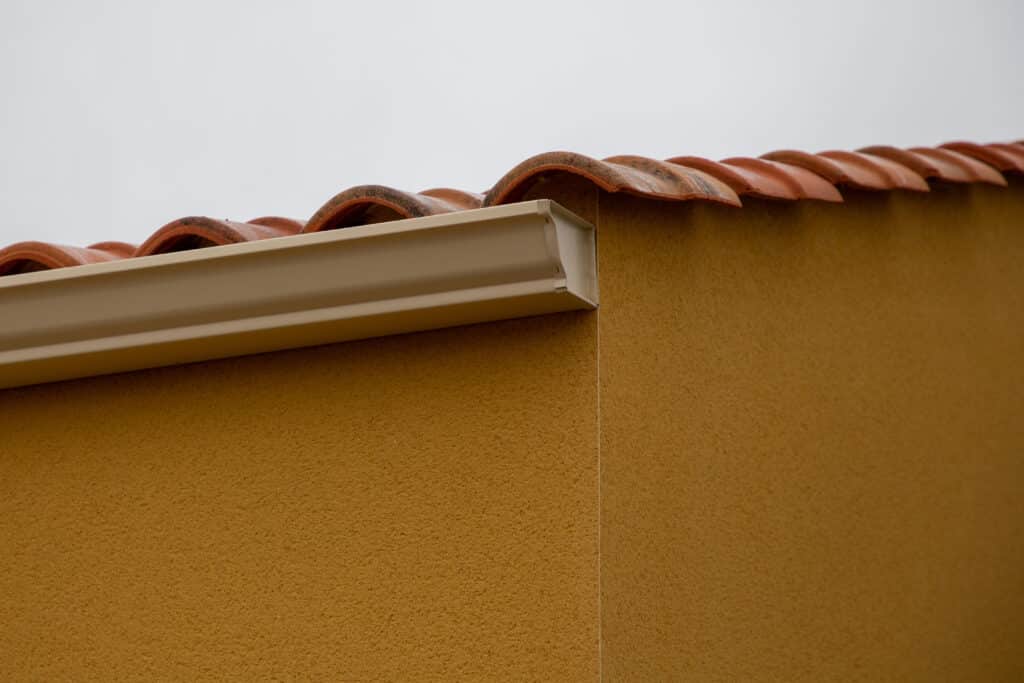
Flashing at Vulnerable Points
No roof is immune to weak spots. Chimneys, skylights, valleys, and vents all demand special attention. Flashing, usually made of aluminum or galvanized steel, directs water away from these areas. Even the best shingles can’t stop leaks if flashing is poorly installed or deteriorates with age.
Drip Edge Installation
A drip edge might seem like a small addition, but it is critical. This metal strip along the eaves and rakes prevents water from seeping beneath shingles. It also guides runoff into gutters, reducing the risk of rot at the roof’s edge.
Shingle Installation Done Right
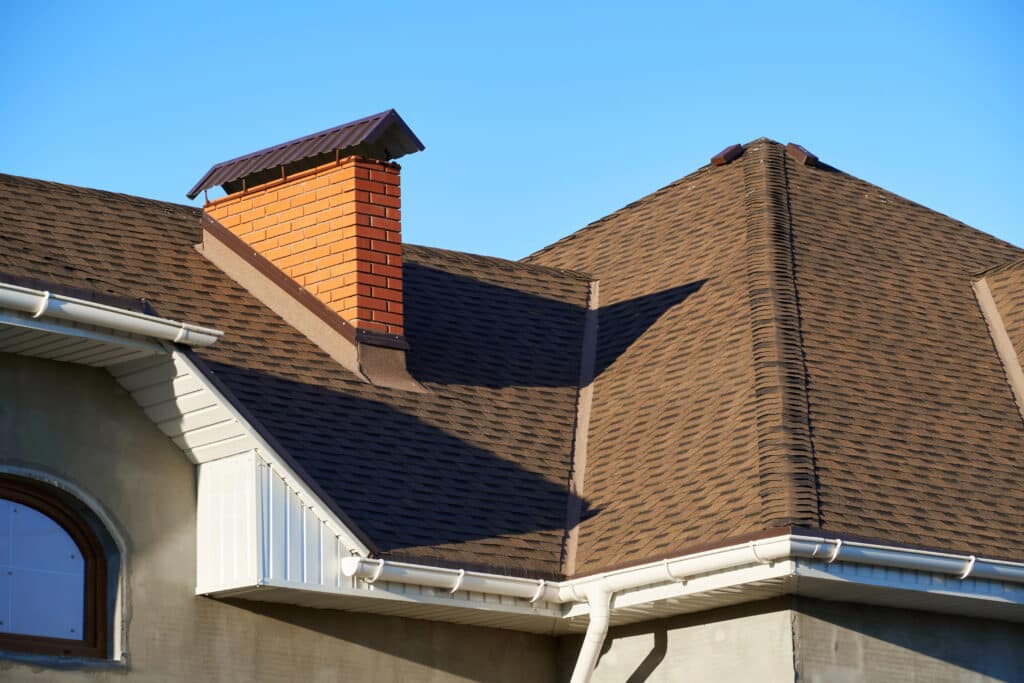
Precision and Placement
The placement of shingles matters as much as their quality. Each row must overlap correctly, fasteners must be driven in at the right depth, and patterns must align. Misaligned shingles or exposed nails create openings for water. Professional installation ensures consistency that do-it-yourself approaches often miss.
Sealing and Adhesion
Modern shingles often come with adhesive strips that activate under heat. This feature helps prevent wind uplift. Ensuring proper sealing is part of the installation checklist. If skipped, even minor storms can loosen shingles.
Gutters, Downspouts, and Water Flow
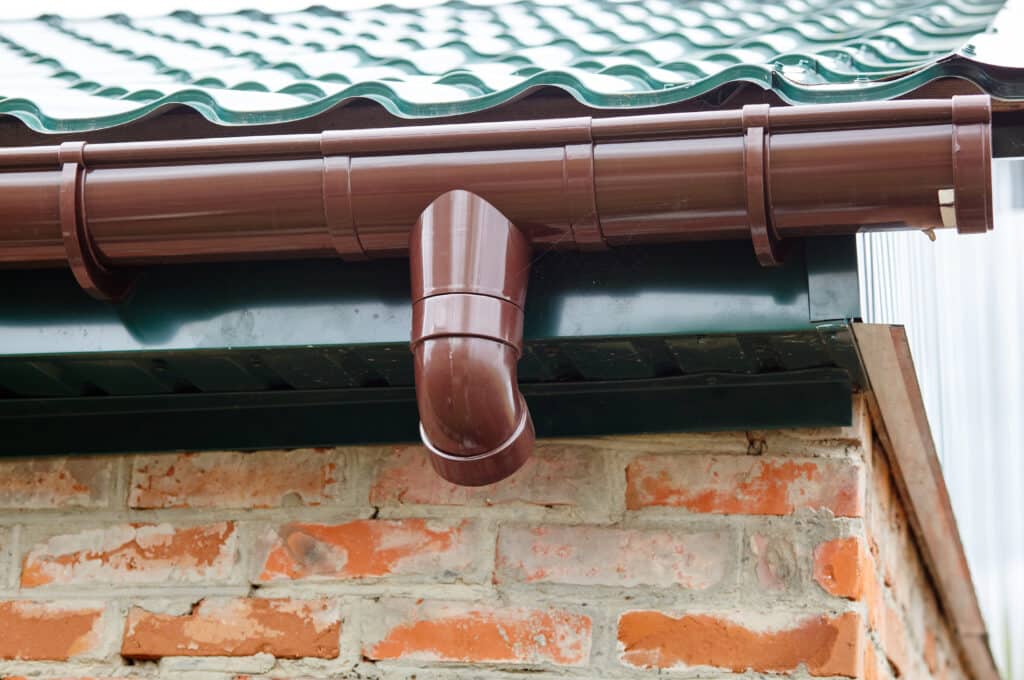
Why Drainage Matters
Water that lingers on a roof shortens its lifespan. Gutters and downspouts provide a clear exit path for rain, keeping surfaces dry. If clogged, they can back up and force water beneath shingles or into the fascia.
Regular Cleaning
Twigs, leaves, and dirt easily pile up in gutters. Seasonal cleaning is essential to keep water flowing. Adding gutter guards reduces maintenance and extends system performance.
Preparing for Extreme Weather
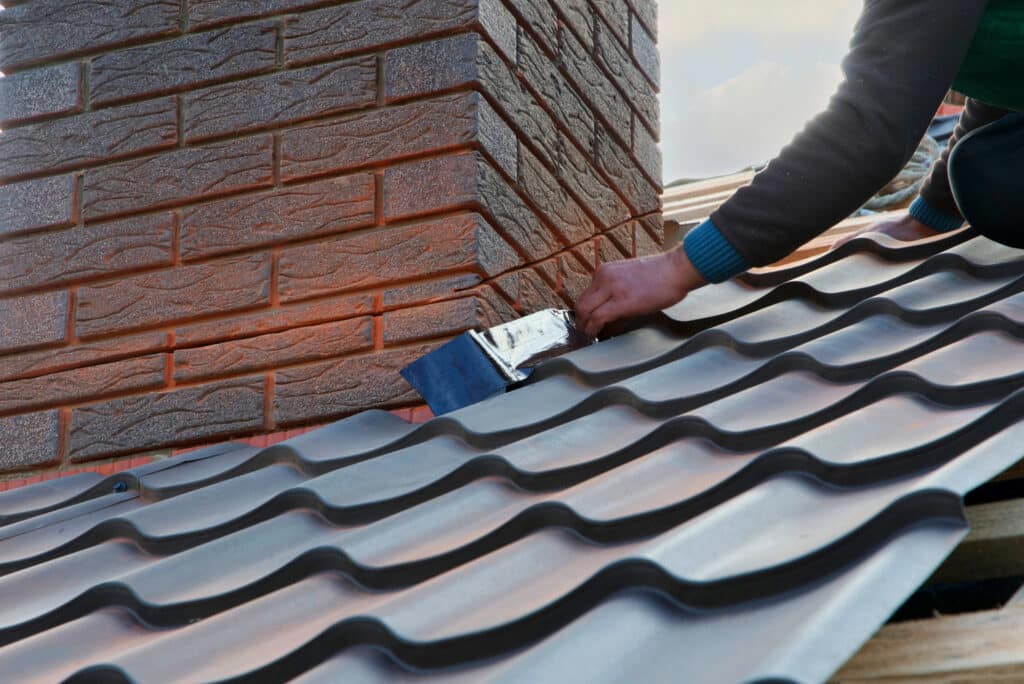
Storm-Ready Features
In areas prone to hurricanes, heavy snow, or strong winds, additional reinforcement makes sense. Hurricane straps, impact-resistant shingles, or ice shields can reduce risks significantly.
Emergency Planning
Even the best-maintained roofs can suffer unexpected damage. Having an emergency tarp, knowing a trusted contractor’s contact, and reviewing insurance coverage are smart precautionary measures.
Long-Term Investment in Roof Health
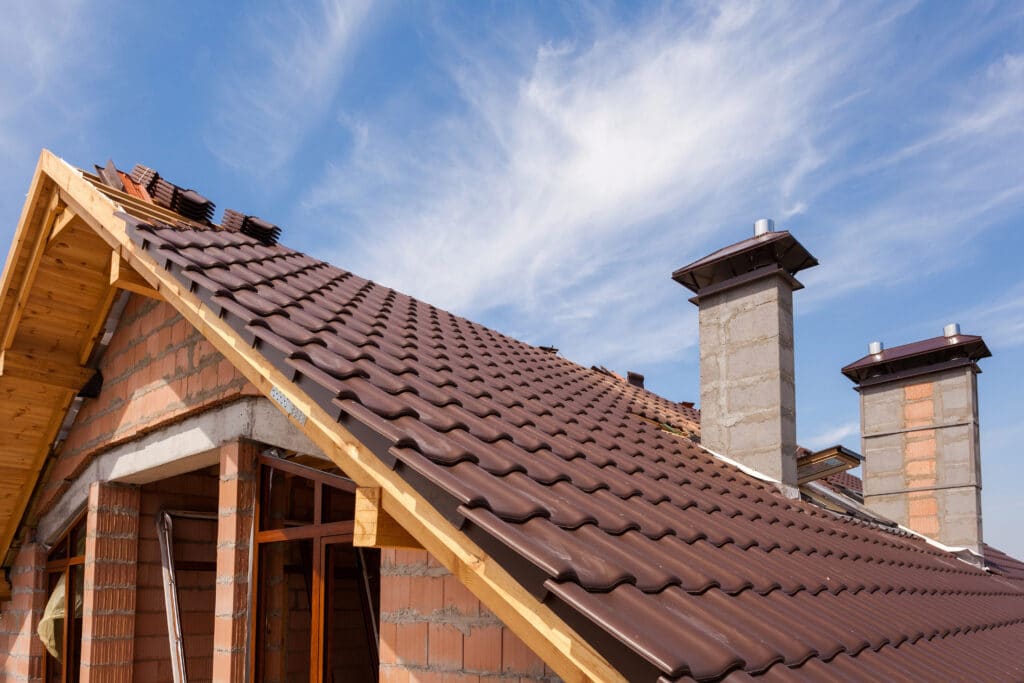
Energy Efficiency Benefits
A well-protected roof does more than keep water out. It also influences energy bills. Reflective shingles, radiant barriers, and proper insulation reduce heat transfer, making homes more comfortable and efficient.
Resale Value and Peace of Mind
A secure roof adds value to a property. Potential buyers view a new or well-maintained roof as a major advantage. Even without plans to sell, the peace of mind that comes from knowing the home is shielded is invaluable.
Conclusion
Roof protection isn’t just about choosing attractive shingles. It’s a system of interdependent parts, each contributing to durability and security. From underlayment and flashing to gutters and ventilation, every component matters. A complete checklist helps homeowners understand what to look for and when to act.
Taking care of a roof is ultimately taking care of the home itself. With the right knowledge, materials, and attention, any homeowner can extend the life of their roof and maintain a safe, comfortable living space.
- 0shares
- Facebook0
- Pinterest0
- Twitter0

